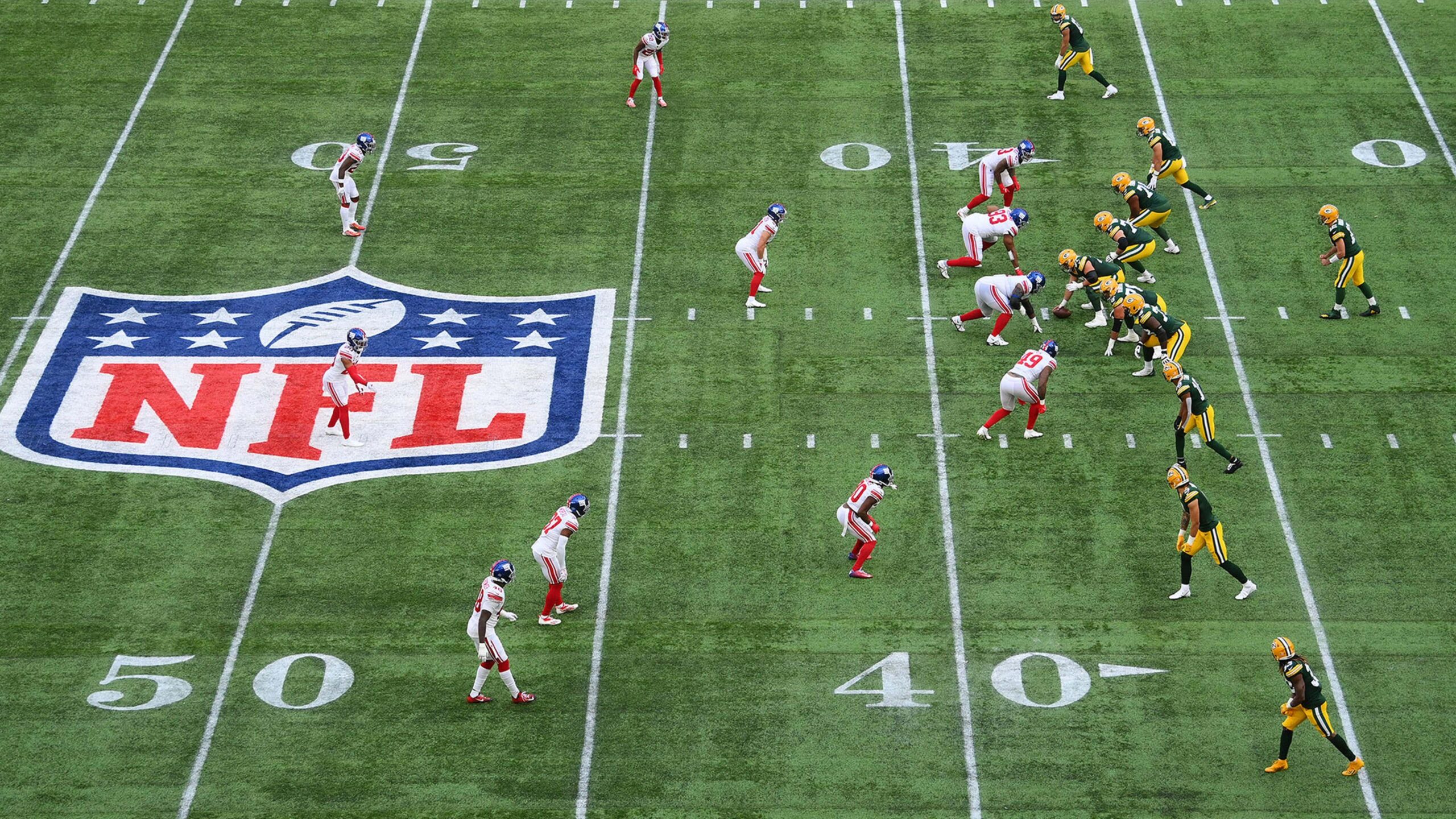In a move that has sparked widespread debate across the sports world, NFL owners have unanimously voted to ban the ‘hip-drop tackle’ technique, citing significant concerns over player safety. This decision, announced following the league’s latest meeting, aims to mitigate the risk of injuries associated with this particular tackling style. However, the ban has not been met with universal approval, as notable figures within the NFL community have voiced their dissent, highlighting the complexities of balancing player safety with the sport’s inherent physicality.

Understanding the ‘Hip-Drop Tackle’ Ban
The ‘hip-drop tackle’ involves a defender using a swivel technique to bring down the ball carrier, often resulting in the tackled player’s leg being trapped and twisted. The NFL’s decision to outlaw this maneuver means that any instance of the ‘hip-drop tackle’ will now be penalized with a 15-yard penalty and an automatic first down for the opposing team. This rule change is part of the league’s broader initiative to enhance player safety by reducing the likelihood of severe injuries, particularly those affecting the lower body.
Player Safety at the Forefront
The NFL’s commitment to player safety has been a driving force behind the recent rule change. The league has cited multiple instances where the ‘hip-drop tackle’ has led to significant injuries, necessitating a reevaluation of its legality within the game. Rich McKay, the chair of the NFL Competition Committee, defended the decision, emphasizing the necessity of protecting players from an unreasonable risk of injury. According to McKay, the ban is a proactive measure designed to prevent potential harm without compromising the sport’s competitive integrity.
Mixed Reactions from the NFL Community
The ban on the ‘hip-drop tackle’ has elicited mixed reactions from players and fans alike. While some have praised the NFL’s decision as a positive step towards ensuring player safety, others have criticized it as an overreach that could dilute the game’s physical nature. JJ Watt and Jevon Holland are among the prominent players who have expressed their dissatisfaction with the rule change. Watt, in particular, suggested that the game is becoming “too soft,” reflecting a sentiment shared by a portion of the NFL community who fear that excessive regulation may undermine the sport’s traditional appeal.
Expert Commentary on the Rule Change
To gain further insight into the implications of the NFL’s decision, we spoke with Dr. Alex Smith, a sports medicine expert with extensive experience in treating football-related injuries. Dr. Smith highlighted the importance of the ban, stating, “The ‘hip-drop tackle’ poses a significant risk to the knee and ankle joints, often leading to complex injuries that can sideline players for extended periods. By prohibiting this technique, the NFL is taking a crucial step in preventing such injuries, which ultimately benefits the players’ long-term health and career longevity.”
Conclusion: Balancing Safety and the Spirit of the Game
The NFL’s decision to ban the ‘hip-drop tackle’ underscores the league’s ongoing efforts to prioritize player safety without compromising the essence of football. While the rule change has sparked debate among players, coaches, and fans, it represents a significant step towards minimizing the risk of injury on the field. As the NFL continues to evolve, finding the right balance between safety measures and maintaining the sport’s physicality will remain a central challenge. The mixed reactions to the ‘hip-drop tackle’ ban highlight the diverse perspectives within the NFL community, reflecting the complexities of adapting a beloved sport to the demands of modern player safety standards.

